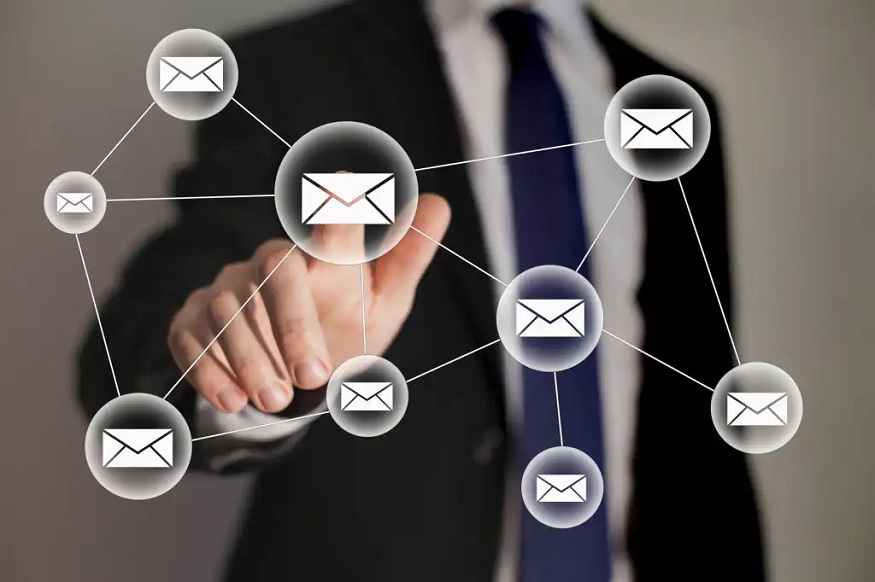Timing is an Important Factor to Consider: When to Send Marketing Emails in 2025
Have you ever sent an email campaign that underperformed? You might’ve had great content but poor timing. The decision of when to “click send” can increase your marketing emails’ productivity and boost open rates and clicks. After navigating the challenges of email campaigns, I figured out the best times to send emails in 2025, and I’m happy to share that information. With research and clear goals, I aim to provide you with the perfect moment to schedule your emails.
Essentially, Timing Can Make or Break Your Email Campaign: Why This Strategy Is More Flexible Than You Think
As discussed, timing is crucial for an email to succeed. With most users’ inboxes overflowing—approximately two-thirds of the public have over 1,600 unread emails—it’s overwhelming. With a plethora of options, an email needs to capture attention. A well-timed email is more likely to be opened, and the right timing makes success skyrocket. Due to poor timing, my weekly newsletter (with great content) sent on Monday mornings at 8 a.m. got ignored as audiences were swamped with post-weekend chaos. Tailoring campaigns for different groups optimizes positive outcomes.
Audience’s Rhythm
Your audience’s habits act as a guide. Are they 9-to-5 employees or freelancing night owls? Time zones matter too. If you’re in New York and your subscribers are in London, sending at 9 a.m. hits their inbox at 2 p.m., perfect for lunch-break reading. I learned this managing a campaign for a global client. Engaging with the work hours app to track schedules boosted engagement by 15%!
Avoid sending B2B communications during the workday rush for maximum productivity. Send to B2C clients during retail shopping hours, as they check emails in the evenings or on weekends. Adjust based on your data—your audience’s behavior provides the guidance you need.
The Best Days: Midweek Magic
Tuesdays, Wednesdays, and Thursdays are optimal for marketing, with open rates reaching 51–52%. Data shows people are busy on Mondays and in “weekend planning mode” on Fridays. Sundays are the worst for engagement, with only 18% of campaigns succeeding. A B2C freelance friend swears by Thursday sends for her retail clients, as midweek shoppers visit her store. I tried sending tech newsletters on Wednesdays, and open rates increased by 20%. Stick with midweek for testing, but confirm the theory with your calculations.
Prime Hours: Morning or Afternoon?
What’s the best time of day? Between 9 a.m. and 3 p.m., with 10 a.m. being the universal sweet spot. Early sends catch people before they’re swamped, while pre-lunch hours align with mid-workday breaks. According to Klaviyo data, midnight sends spiked open rates by 7% for night owls. For B2B campaigns, my 1 p.m. sends soared post-lunch. Avoid 6 p.m. to 9 a.m. unless targeting a younger, tech-savvy audience browsing at night.
The Game Changer: Types of Emails
Every email has its purpose. Newsletters do well in the morning with coffee. Promotions and sales shine on Fridays at 11 a.m., as shoppers get excited for the weekend. Confirmations are flexible, depending on actions taken. I sent an urgent sale email on a Friday afternoon and doubled clicks compared to a Monday. Always time emails based on their purpose.
Tweak, Track, Test
A/B testing is the preferred method for send times. Test specific days and track clicks and opens. Tools like MailerLite’s Smart Sending study behavior to find the ideal window. Industry benchmarks and the yrs and hrs calculator are handy. I tested Tuesdays against Thursdays and now stick to Thursdays after promising results.
Conclusion: Hitting the Send Button When It’s Most Effective
Email marketing strategies evolve yearly, building on past successes. Like catching waves in surfing, 2025’s timing relies on automation and rhythm. Midweek surges—Tuesdays and Thursdays—align with 9 a.m. to 3 p.m. These heuristics are beneficial, but base decisions on your audience and email type. From experience, standing out in crowded inboxes requires creativity and design. Dive into outliers. Through trial and error, I optimized with the Controlio app, tailoring tools to my needs. Experiment with send times and make every email count. Here’s to pressing on.



